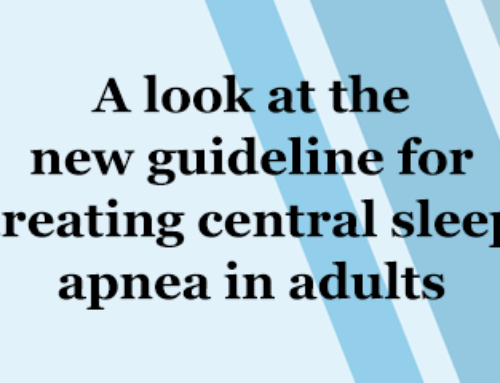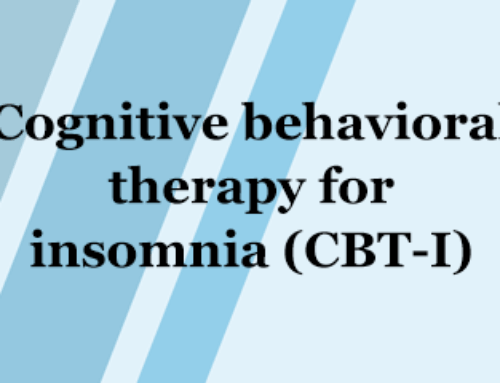By Amy R. Wolfson, PhD; Marianna Carlucci, PhD; and Stephanie J. Crowley, PhD
Approximately 24,894 juveniles are held in residential placement facilities on any given day in the U.S.1 Youth can be detained in different types of facilities such as detention centers, long-term secure facilities, residential treatment centers, group homes and/or adult prisons and jails. Black and Latino youth are overrepresented in the juvenile services population, with over 70% ages 15 – 17 years. These ages represent a significant time of brain development, including systems responsible for sleep and social-emotional regulation. Thus, it is important to understand short- and long-term consequences of residing in juvenile services facilities on adolescent development with a specific focus on sleep health, which is understudied in this population.
In 2018, our team — Marianna Carlucci, legal psychologist; Amy Wolfson, child-clinical psychologist; and Stephanie Crowley, circadian scientist/psychologist — came together with Sam Abed, Secretary of Juvenile Services (2019-2023), and his colleagues at the Maryland Department of Juvenile Services (DJS), to begin to understand and ultimately improve the sleep-living environment for youth residing in the juvenile justice system in Maryland. Sleep health, including quality, duration, efficiency, regularity and timing, is especially pertinent for developing adolescents residing in juvenile justice facilities.
We conducted a series of four studies, with a major study on the youth themselves funded by the AASM Foundation. Study 1, our initial project, used an observational design where we collected environmental, light and daily schedule data from all 13 DJS facilities in Maryland. Study 2 used a qualitative interview design to interview superintendents, night residential staff and health care staff regarding the youth’s sleep health, emotional and behavioral well-being, and residential environment. Study 3 (funded by AASMF Grant #22-CS-19) focused on the youth themselves. Youth were recruited from 11 DJS facilities, and they completed a novel Youth Sleep and Daytime Behavior Questionnaire, daily sleep diary for seven mornings, and a brief poststudy interview. Health care staff completed a Youth Health Background survey for each participating youth. Study 4 surveyed the staff regarding their sleep-wake schedules and sleep knowledge.
Key findings from our four studies reveal the following: (1) Detention (short-term) and treatment (long-term) facilities scheduled lights off and lights on earlier than is developmentally appropriate. (2) Lights out times were almost two hours earlier, on average, while residing in the facilities, compared to reported bedtimes of community-residing adolescents of approximately the same age.2 (3) Observational data suggests that in some facilities, the light/dark cycle is minimized as lights remain on at night in some facilities for safety reasons. With lights at juvenile services facilities on continuously, adolescents may experience difficulty adjusting their circadian clocks to the 24-hour day.2 (4) Staff and administrator interviews revealed that youth are communicating sleep difficulties to night resident advisors, and the youth are unable to make modifications to their room environments.3 (5) Based on daily diary data, youth are obtaining sufficient sleep (or time in bed); however, on average it takes them about 45 minutes (with some youth taking as long as 2-3 hours) to fall asleep. Youth shared that early facility sleep-wake schedules and overhead lights remaining on throughout the night were some of the reasons for difficulty falling asleep and maintaining sleep.4 (6) Over one-third of the youth received facility-ordered behavioral sleep assessments (e.g., often insomnia-like complaints), and the majority were on at least one prescription medication with over a third taking exogenous melatonin.4 (7) In our DJS staff survey (51% residential staff versus other staff/administrators), residential staff working night/rotating versus day shifts reported the most irregular sleep-wake patterns.5 (8) Staff were knowledgeable regarding adolescent sleep needs (e.g., need 8-10 hours/night and sleep disturbances are associated with behavioral difficulties).5
Following an initial discussion of the findings and preliminary recommendations with our colleagues at DJS, they decided to create a healthier sleep environment for the youth under their care. Based on these recommendations, DJS delayed school start times within their programs; worked to create a darker sleep environment (e.g., provided eye masks) and increased light exposure during the day for the youth; decreased nighttime noise in sleeping areas; and tried to ensure that staff received sleep health education as part of their training.
Currently, in collaboration with DJS, the team is discerning the next steps. There are numerous unanswered and timely questions. Some of our next questions include: How can we positively impact the youth’s sleep health; how can we mitigate residential staff’s sleep challenges so that they are better prepared to meet the adolescent’s sleep, emotional and behavioral needs; what kinds of behavioral and systematic interventions will best improve the youth’s sleep health; will improved sleep health be associated with lower recidivism rates and other long-term outcomes; and looking back, are some youth at higher risk for sleep challenges due to trauma and other challenges? Going forward, the team will be collaborating with other investigators and working in close collaboration with DJS and the Washington, D.C., Department of Youth Rehabilitation Services (DYRS).
Dr. Wolfson is a professor at Loyola University Maryland; Dr. Carlucci is an associate professor at Loyola University Maryland; and Dr. Crowley is a professor at RUSH University.
References
- U.S. Department of Justice. Office of Justice Programs. Office of Juvenile Justice and Delinquency Prevention. Statistical Briefing Book. Juveniles in corrections. Demographics. https://www.ojjdp.gov/ojstatbb//corrections/qa08201.asp. Aug. 28, 2023. Accessed July 19, 2024.
- Adornetti J, Carlucci M, Crowley McWilliam S, Fleshman C, Jobe S, Wolfson AR. Observational analysis of juvenile justice sleep-living environment. Sleep. 2020;Suppl 43(1):0979.
- Munoz-Nogales J, Leask L, Adornetti J, et al. Sleep health of adolescents in the Department of Juvenile Justice: A qualitative analysis of night staff interviews. Sleep. 2023;Suppl 46(1):0108.
- Adornetti JP, Woodard KN, Nogales JM, et al. Sleep and circadian health in juvenile justice systems: A descriptive analysis. Sleep Health. 2023;9(6):876-881. https://doi.org/10.1016/j.sleh.2023.08.009
- Woodward KP, Bistline L, Vermette E, et al. A descriptive study of sleep patterns and knowledge among department of juvenile services staff. Sleep Adv. 2024;5(1):zpae030. https://doi.org/10.1093/sleepadvances/zpae030





